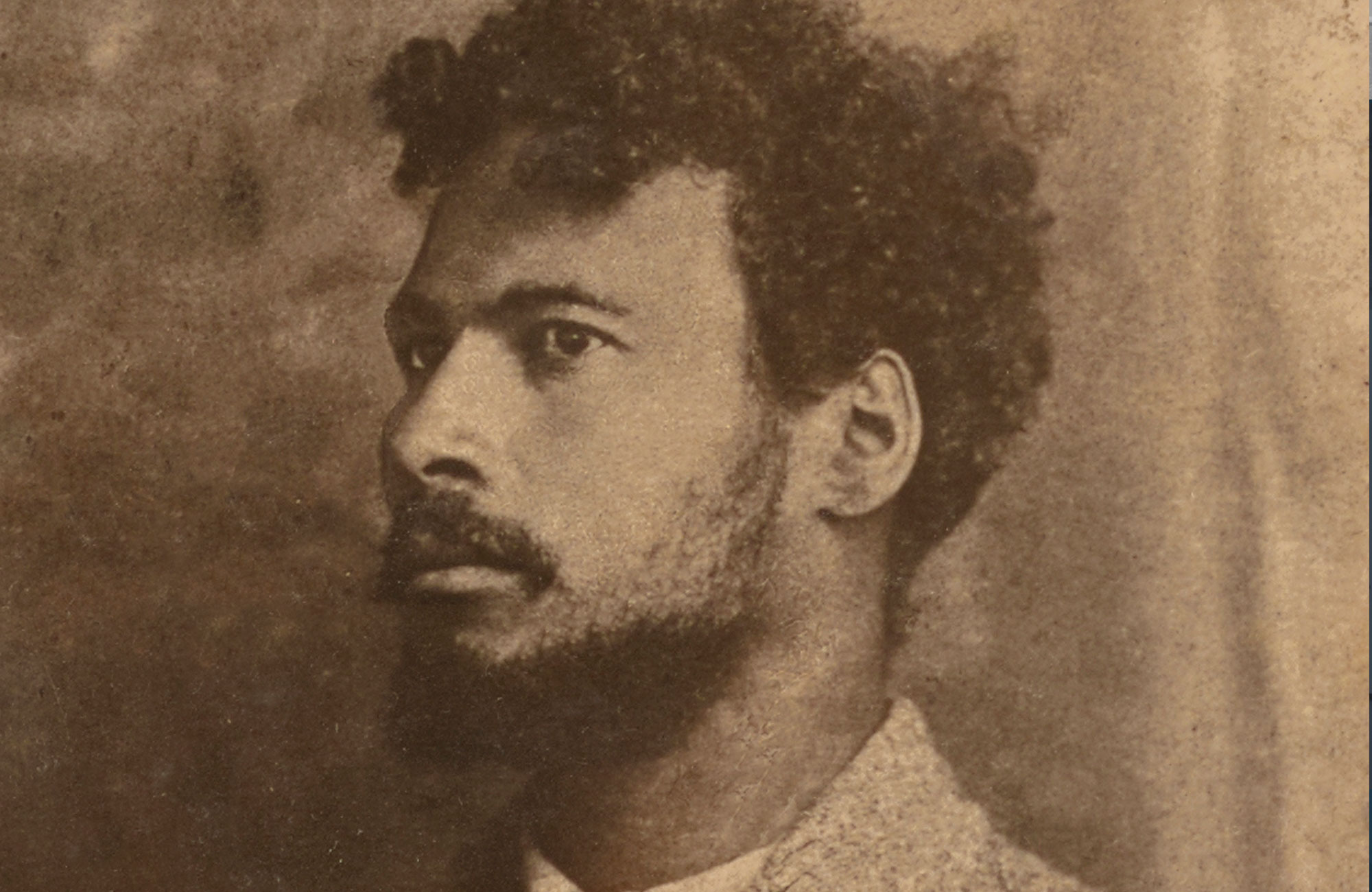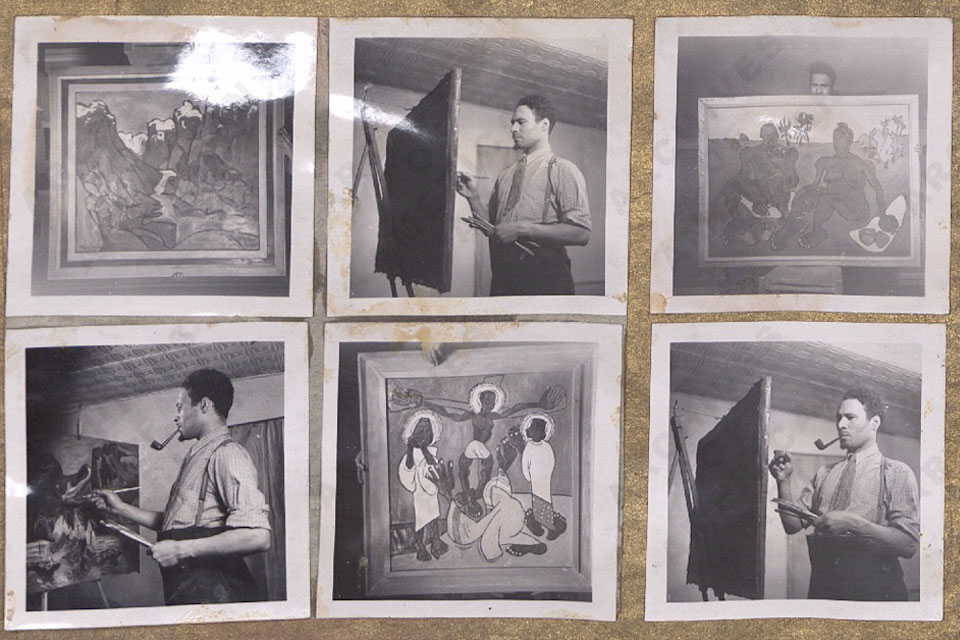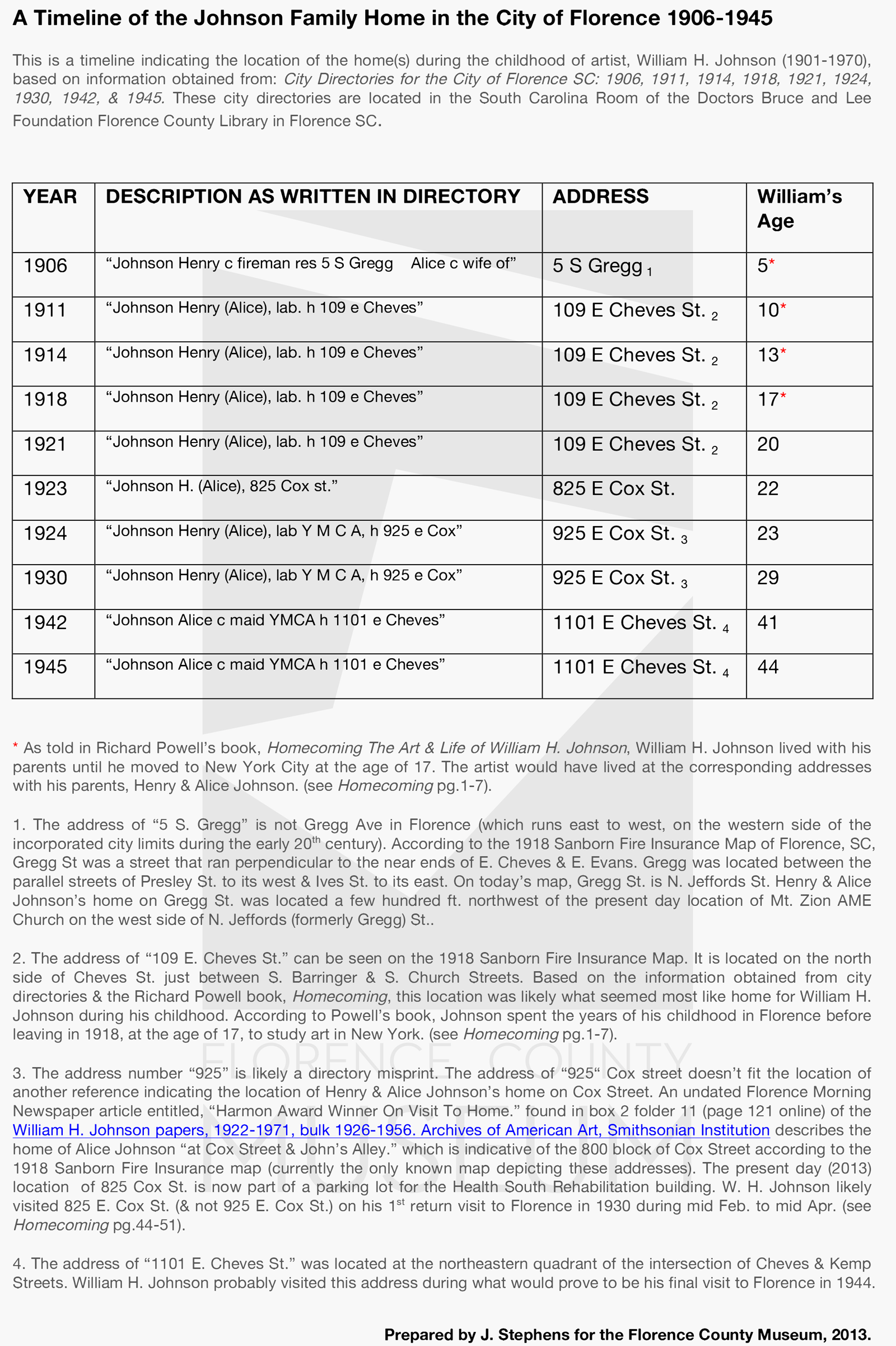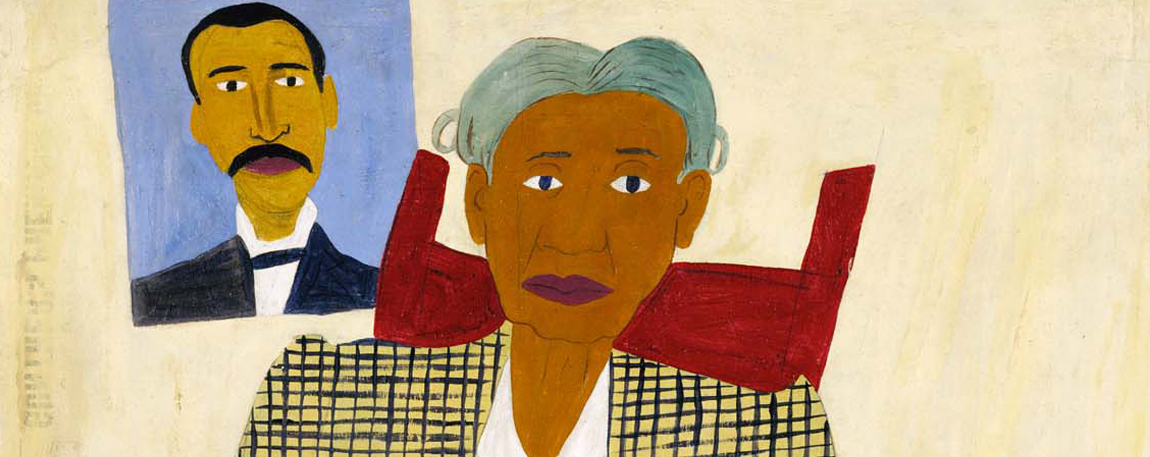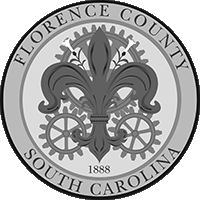Photographs of Johnson taken from his own scrapbook
courtesy of William H. Johnson papers, 1922-1971, bulk 1926-1956.
Archives of American Art, Smithsonian Institution.
The continued story from part one of our William H. Johnson Biography detailing the artist’s obscure early years.
Little is documented about the childhood of African-American artist, William Henry Johnson. The years of Johnson’s childhood (1901-1918) were spent here in the city of Florence, South Carolina. During these years Florence experienced notable economic growth thanks to the Atlantic Coastline Railroad, a railroad conglomerate that owned a network of roads that spanned along the Atlantic coast from Virginia to Florida. The ACL’s presence in Florence served as an economic backbone during the turn of the century. The Johnson family was one of many families that benefited from the railroad’s presence. In 1911, The Atlantic Coast Line Railroad funded the construction of a fifty thousand dollar YMCA building to provide a place of recreation for its employees and the community. Alice Johnson, who formerly worked as a domestic, took a job as a cook at the new YMCA. Located at the intersection of Day Street and N. Ravenel Street, the large brick building included an auditorium, kitchen, gymnasium, bowling alley, baths, study rooms, and sleeping quarters.
Not only did young William’s mother work at the YMCA, William did as well. Willie earned money in the YMCA’s bowling alley by fetching and setting up pins during bowling games. William also earned money at the local ACL train yard by running errands for the engineers while the scheduled trains made their transfer of passengers and freight. During the years of Johnson’s childhood, Florence’s railroad experienced tremendous growth. The group of Baltimore financiers who owned the Atlantic Coastline Railroad saw good reason to give attention to their operations in Florence, as the city had become known as the “Gate City” of the railroad to the south. Over the decade of 1906-1916, the ACL expanded their shops at Florence to include a large new roundhouse, a new passenger station, & a variety of new maintenance buildings, as well as a vast expansion of track to their freight yard. The teenage William H. Johnson was witness to the transformation and growth of Florence’s railroad industry.
With the little money he earned from his odd jobs, William contributed to his family’s modest income. As the eldest Johnson child by nine years, William aided his parents by looking after his four younger siblings & doing household chores. When Willie wasn’t working odd jobs or looking after his siblings, he attended the Wilson School on Athens Street in Florence. Wilson School (an all-black school) was the city of Florence’s 1st public school. All the other schools in the city up to this point in its history had been private. Wilson School was originally located in the building on the corner of Dargan & Palmetto streets owned by the Freedmen’s Bureau, a federal government agency instituted at the end of the Civil War to help freed slaves establish themselves during Reconstruction. The lot on which the Wilson School’s building was located was sold in 1901. By 1906 Wilson School was relocated to property on Athens Street. The Freedman’s Bureau building on the corner of Dargan and Palmetto Street was likely torn down so that the property could be used as the location of a new “Central” school building (current Poynor building) for Florence’s all-white graded school. The Wilson School on Athens Street was the location where William H. Johnson attended. It is likely that Johnson was introduced to the visual arts during his earlier years at Wilson School. Louise Fordham Holmes, one of William’s 1st teachers at the school, was known for incorporating a variety of arts into her curriculum. It is apparent that L.F. Holmes arts curriculum made a lasting impression on the young Johnson.
It wasn’t just at Wilson School that Johnson was exposed to the visual arts. After he had finished his routine of errands for the engineers at the local railroad yard, Willie would stop by the passenger station to pick up old discarded newspapers. William enjoyed reading the comic strips, especially Mutt & Jeff. Family members recalled that Johnson used to copy the drawings in the newspaper comic strips. It was this early appreciation of comic strips like Mutt & Jeff that led him to dream of becoming an artist.
Related Blog Entries:
William H. Johnson Bio Part One
William H. Johnson Bio Part Three
If you would like to learn more about William H. Johnson or his hometown of Florence SC, check out the following sources used to help author this post:
Books:
Homecoming The Art & Life of William H. Johnson, by Richard Powell.
William H. Johnson: Truth Be Told, by Steve Turner & Victoria Dailey.
Rise Up So Early A History Of Florence County South Carolina, by G. Wayne King.
Village to City Florence SC 1853-1893, by Eugene N. Zeigler.
Railroading in the Carolina Sandhills: Vol. 1: The 19th Century (1825-1900), David Carriker.
Web Resources:
The National Museum of American Art, Website, Smithsonian Institution: William H. Johnson Digital Collection.
The Archives of American Art, Website, Smithsonian Institution: William H. Johnson papers, 1922-1971, bulk 1926-1956.
Miscellaneous Resources:
1898 – 1915 Florence School Board Minutes.
The South Carolina State Newspaper: July 6th, 1911, August 19th, 1911.
Sanborn Fire Insurance Maps for the city of Florence SC: 1908, 1912, 1918.
City Directories for the City of Florence SC: 1906, 1911, 1914, 1918, 1921, 1924, 1930, 1942, & 1945.



